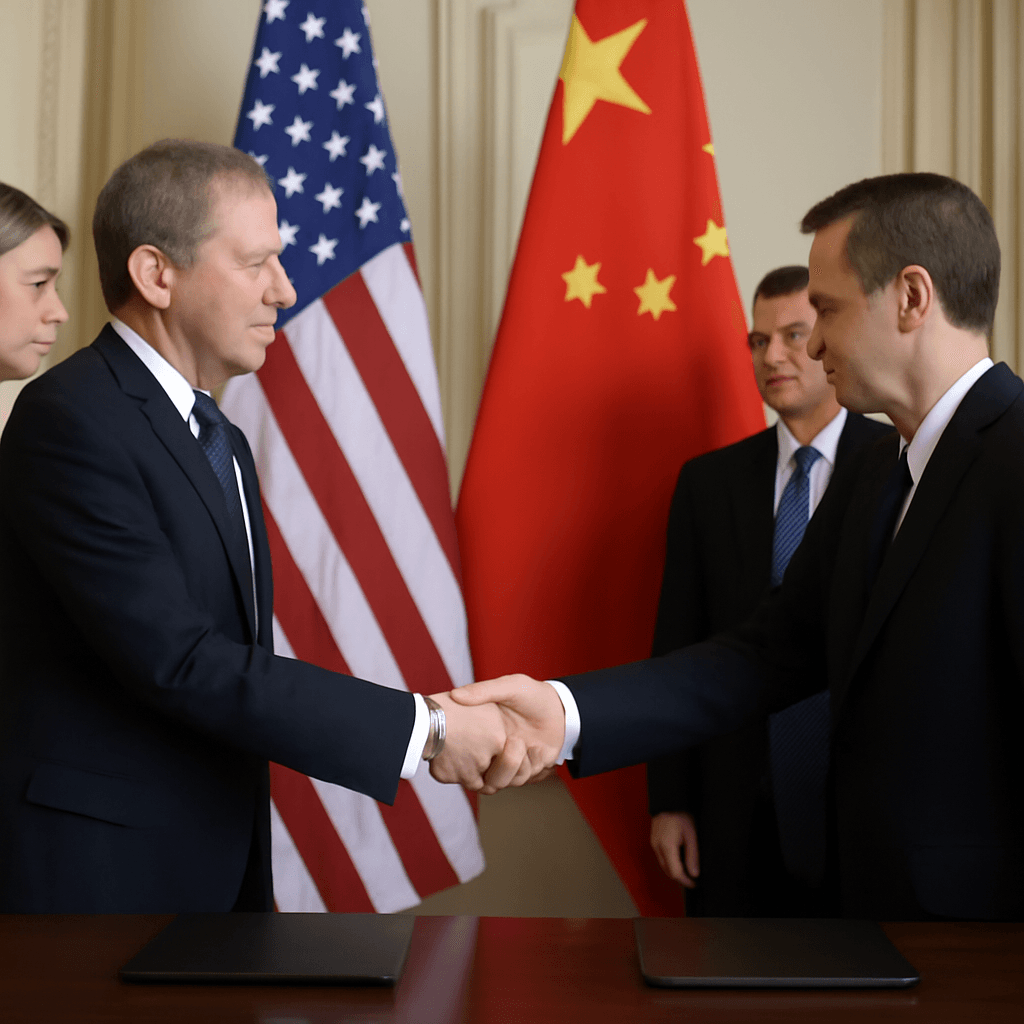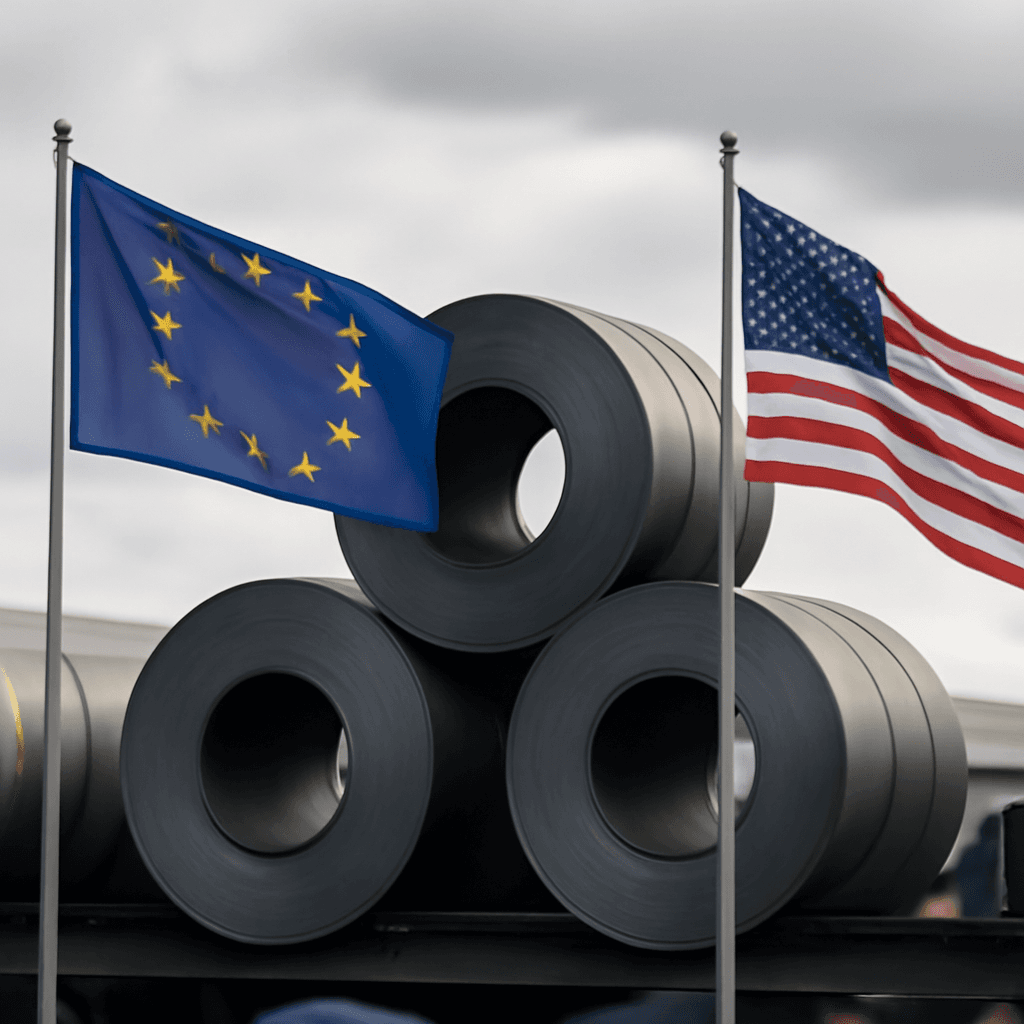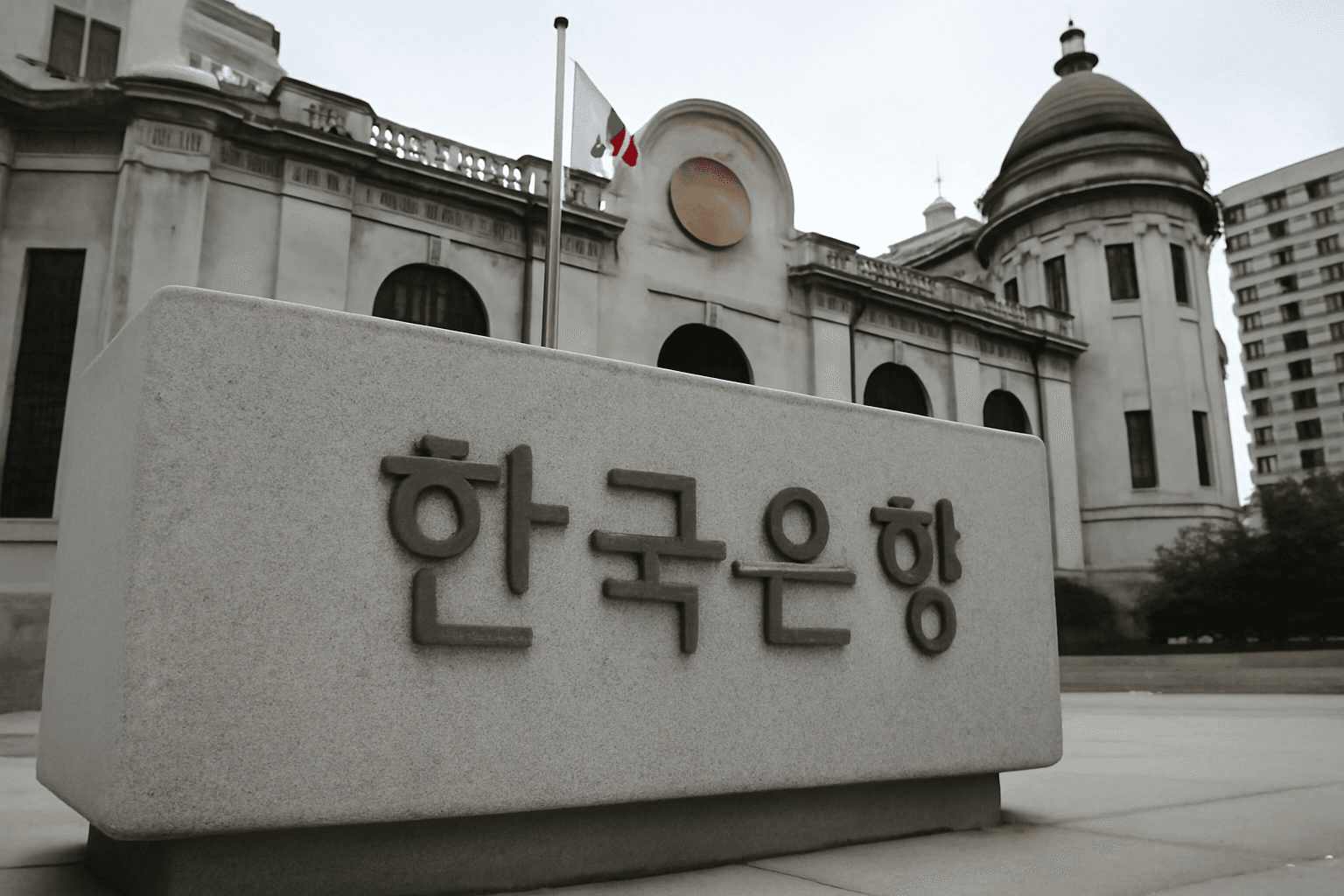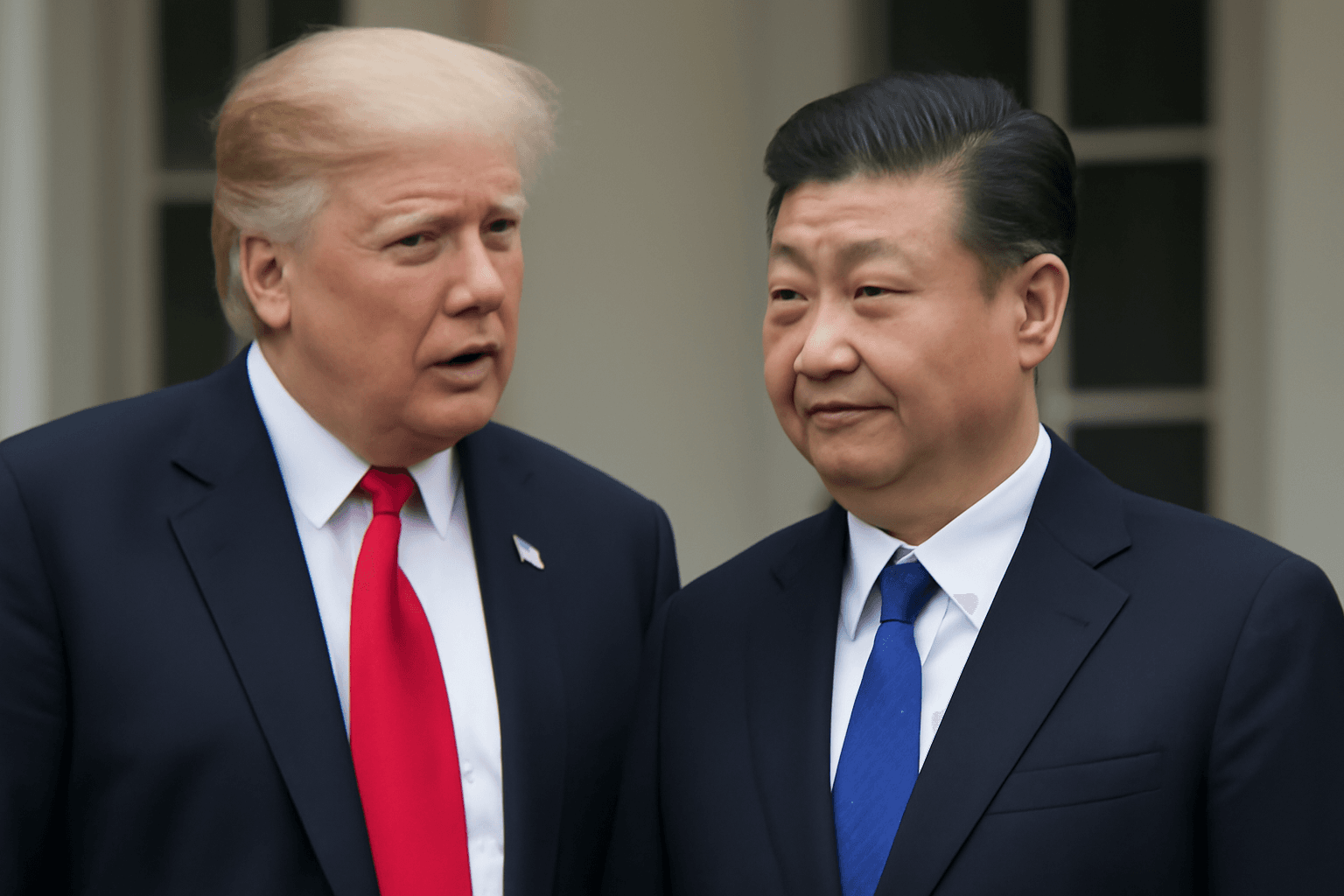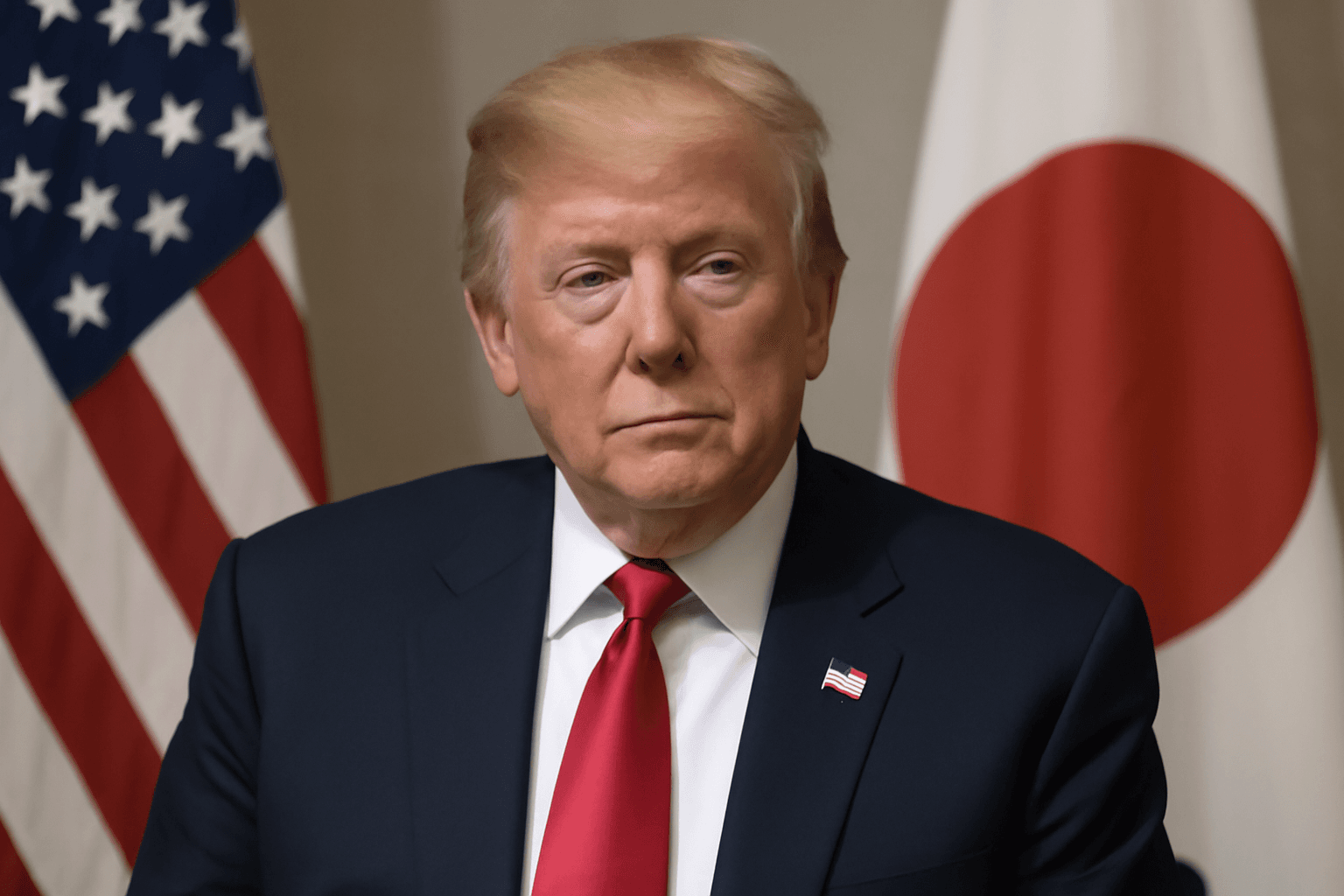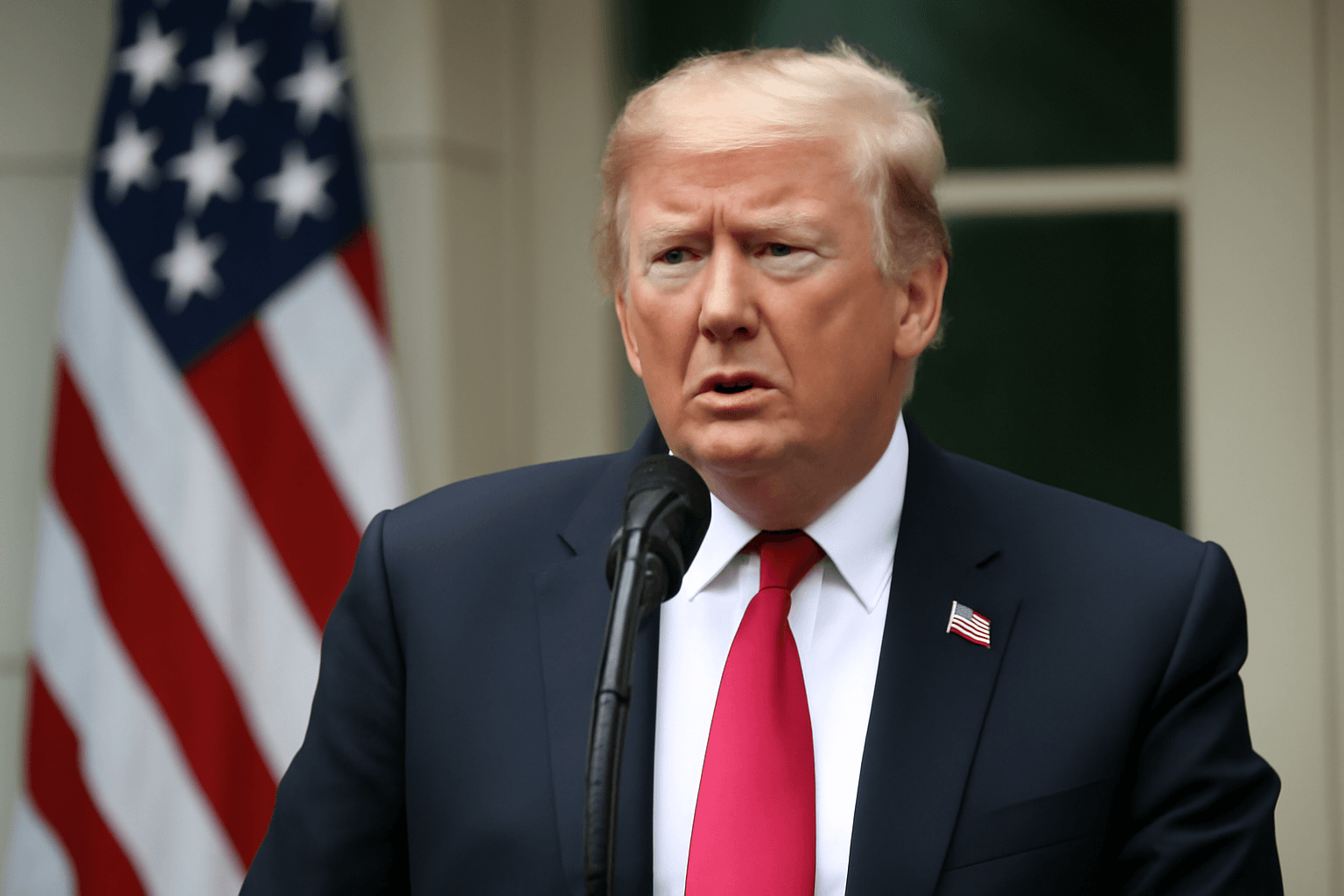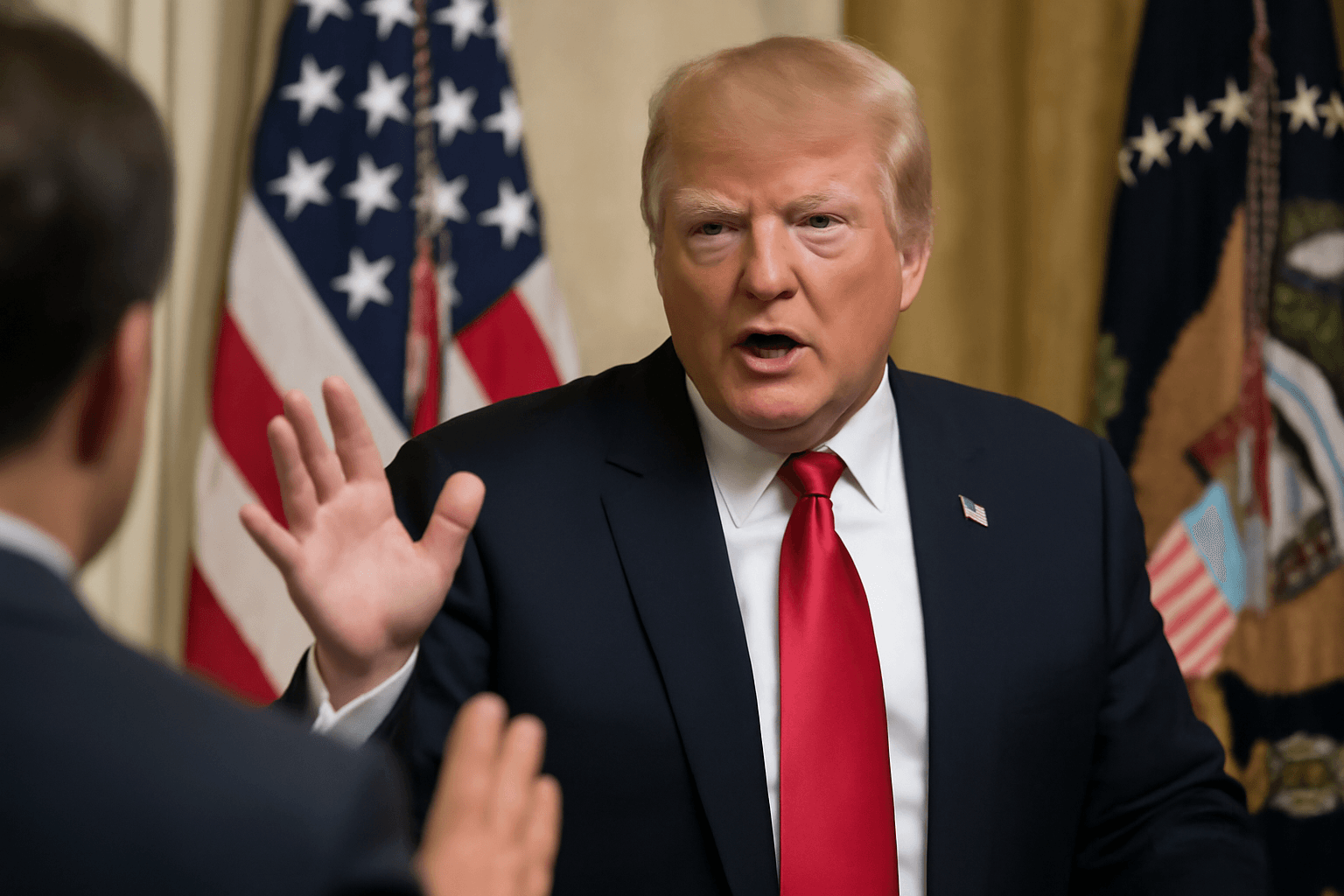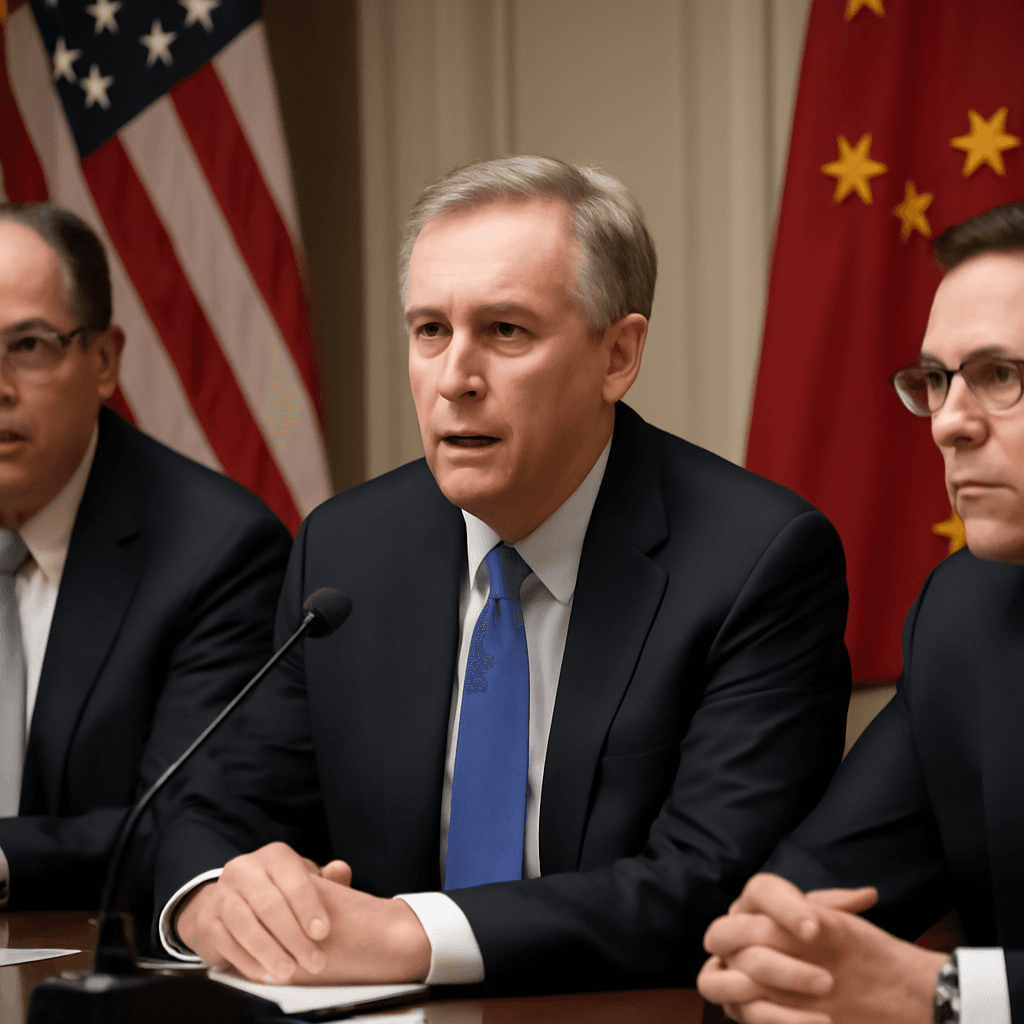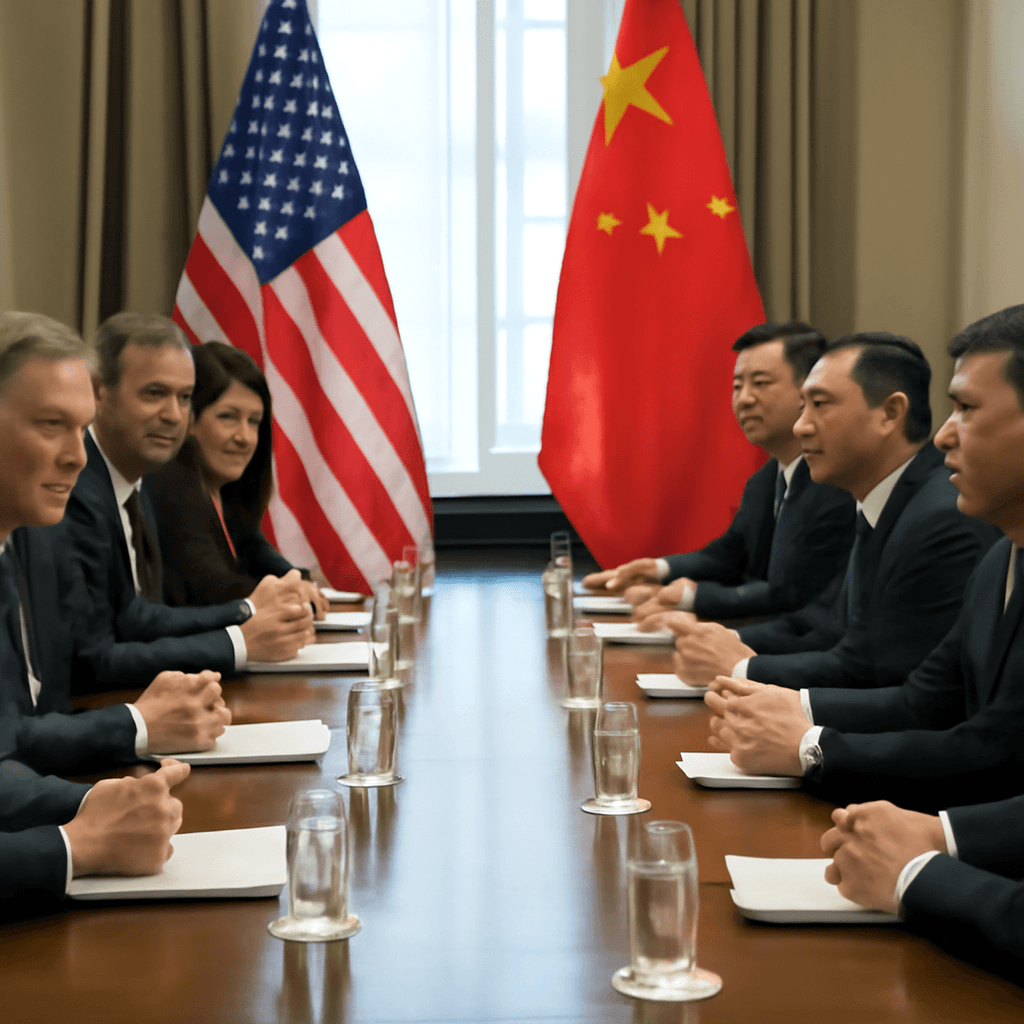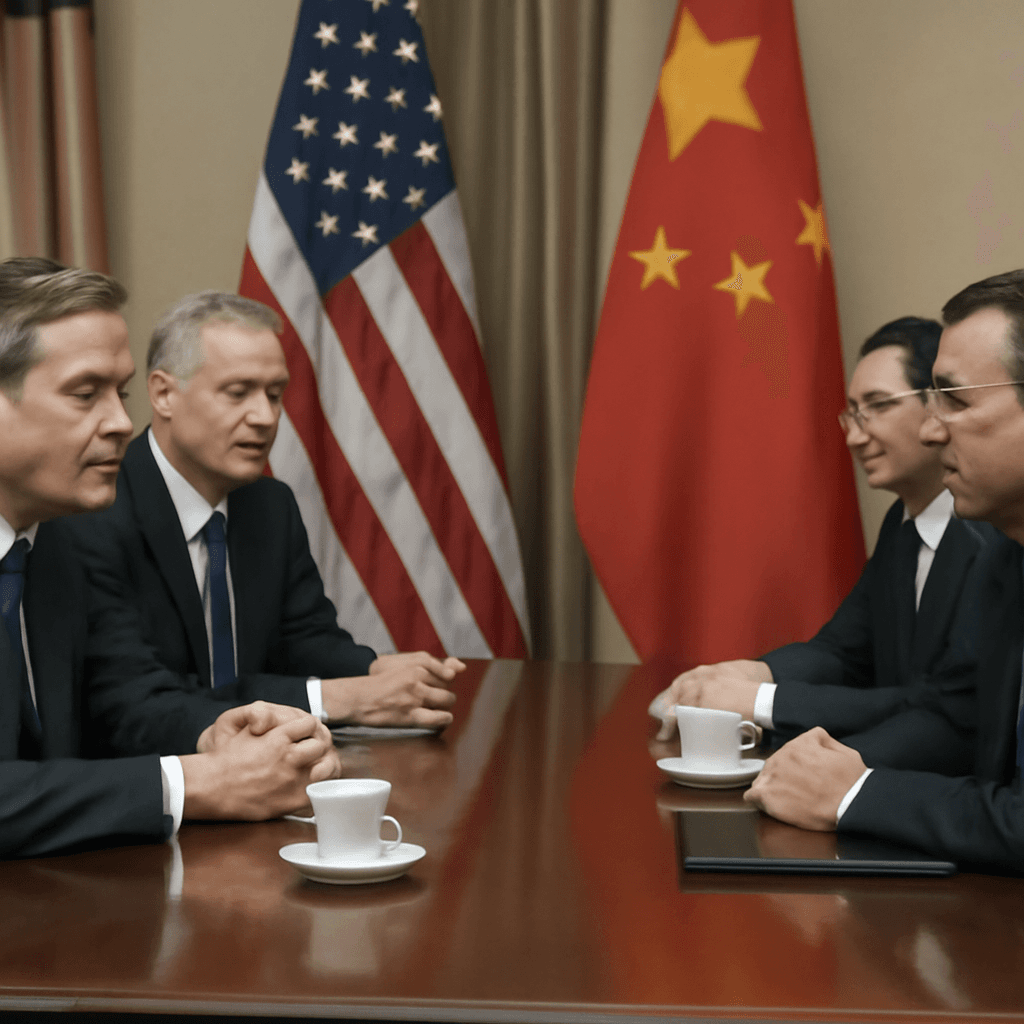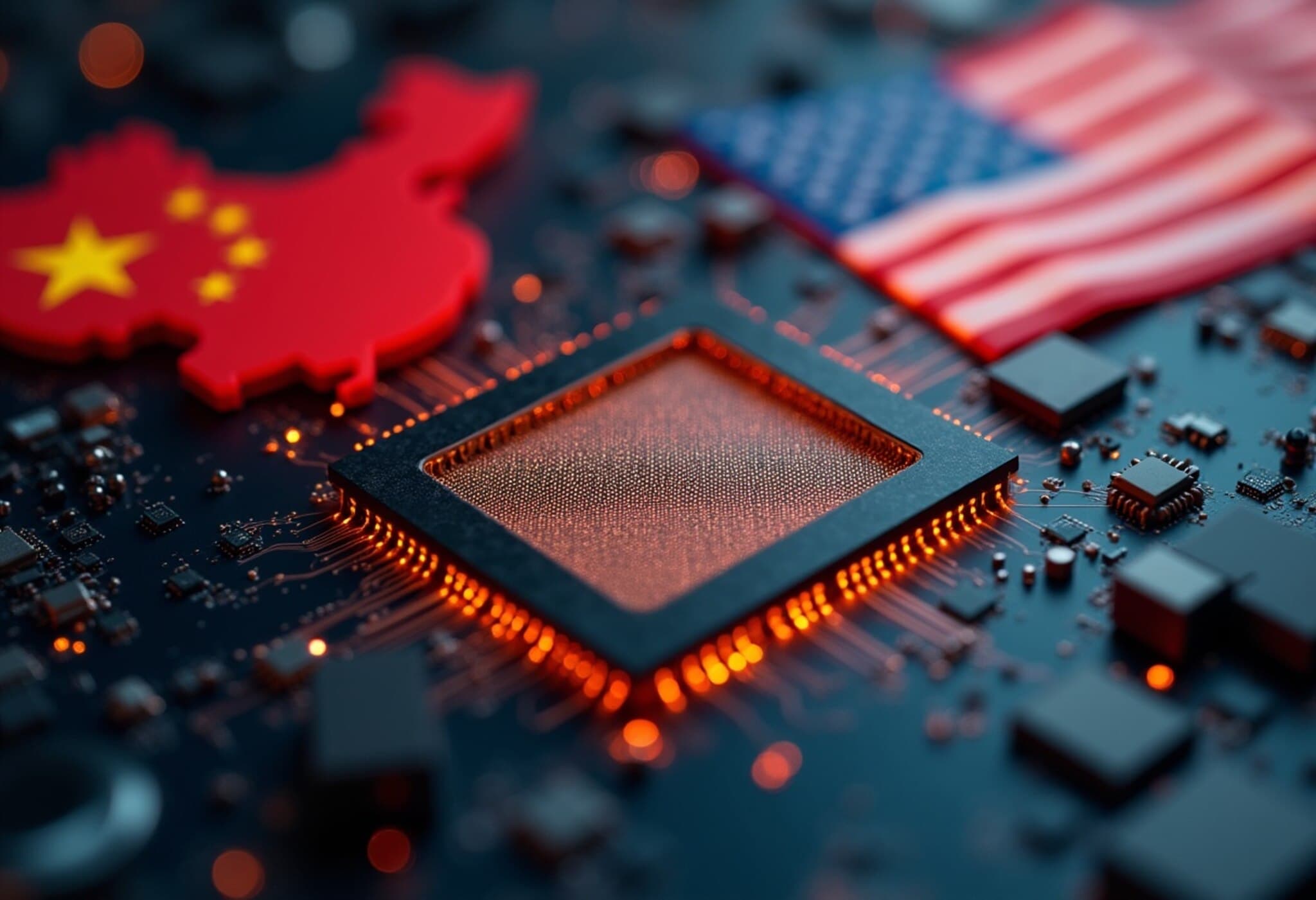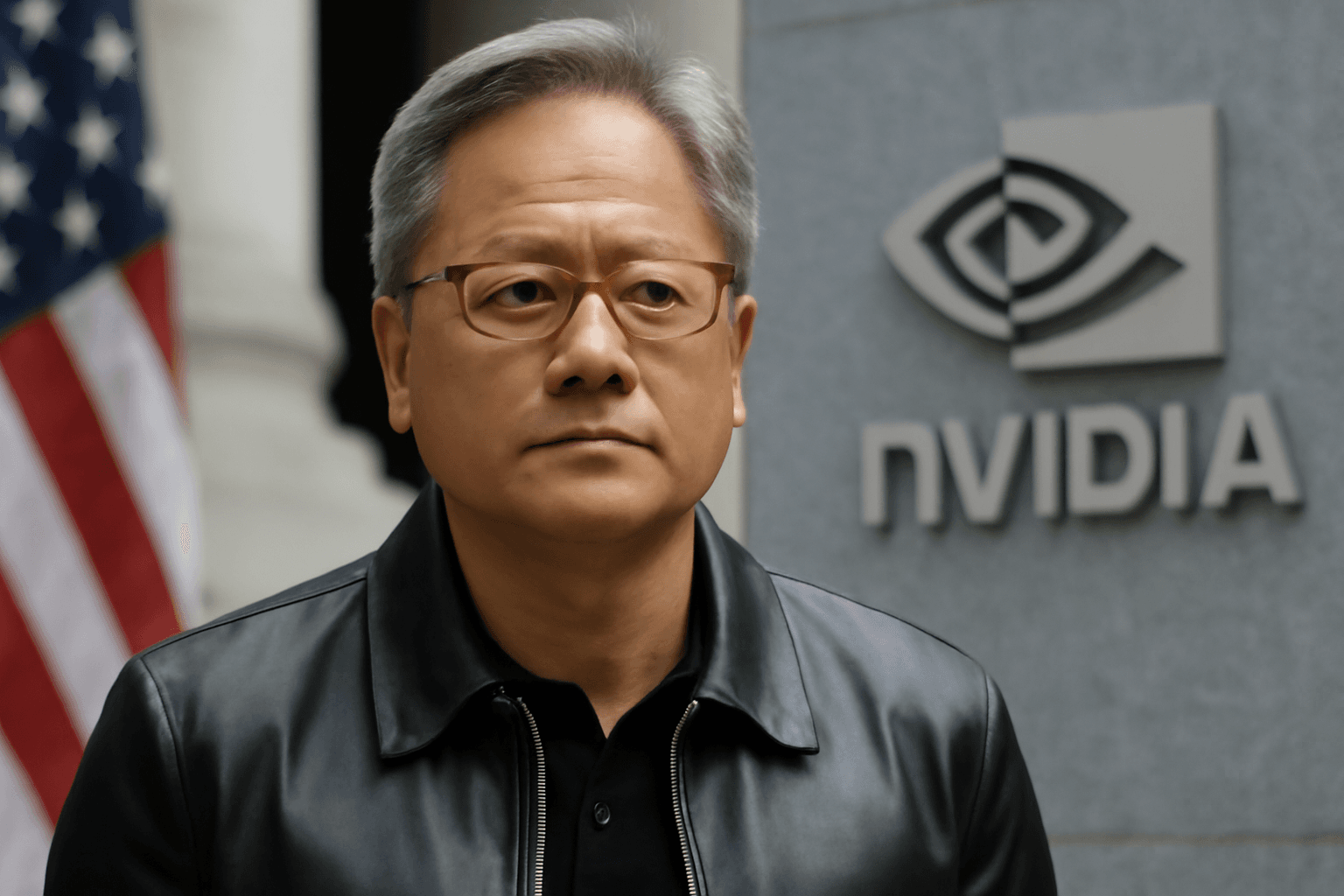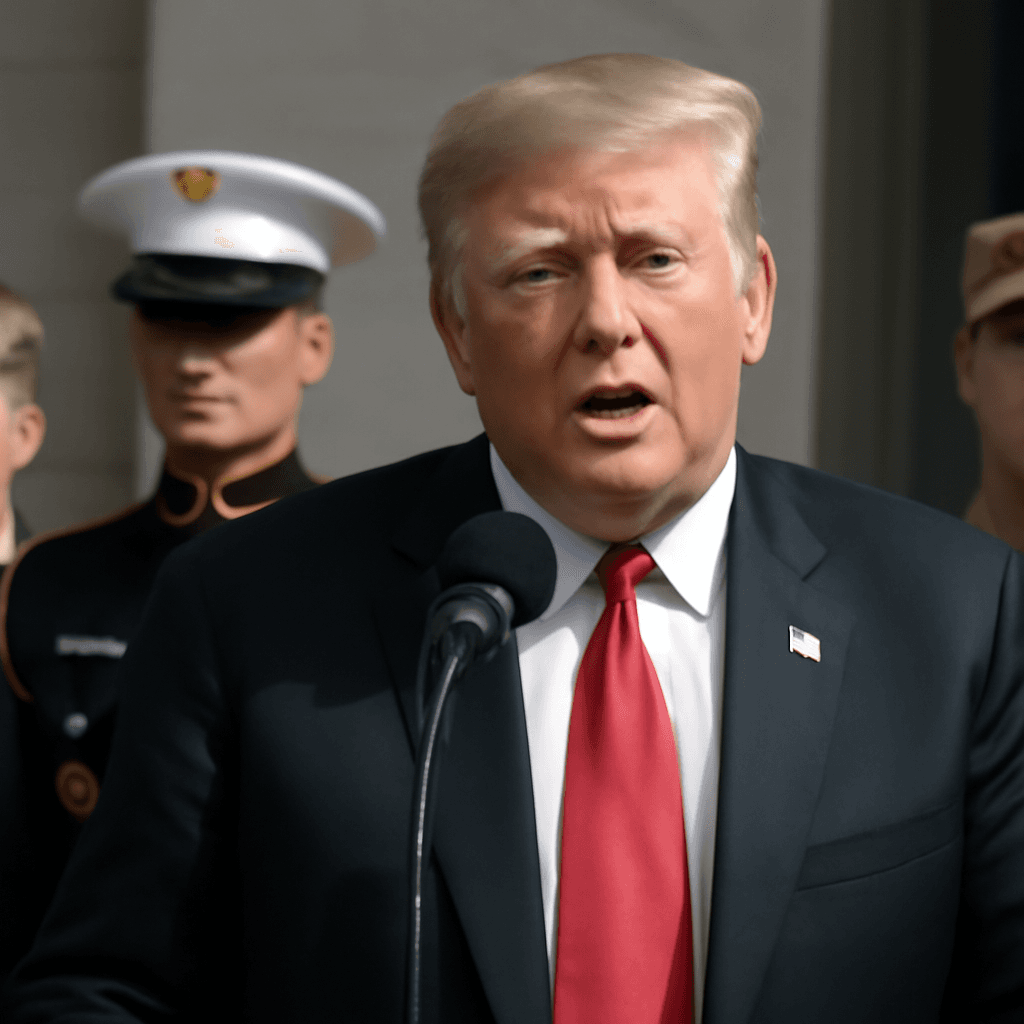US and China Forge Preliminary Trade Agreement in London
In a significant step toward easing long-standing trade tensions, the United States and China have agreed on a preliminary framework for a trade deal following high-level talks held in London. The negotiation, led by Chinese Vice Premier He Lifeng along with US Treasury Secretary Scott Bessent and Commerce Secretary Howard Lutnick, marks a cautious but optimistic move toward resolving critical trade issues between the two economic giants.
Key Elements of the Deal and Expectations
Although complete details of the agreement remain under wraps, US negotiators firmly anticipate that contentious topics—particularly the handling of rare earth minerals—will be addressed within this newly established framework. Rare earth elements, vital for manufacturing technologies such as electric vehicle batteries and electronics, have been a major sticking point in previous discussions.
Howard Lutnick, US Secretary of Commerce, emphasized the progress by stating, "We have reached a framework to implement the Geneva consensus. Once the presidents approve it, we will proceed with its implementation." This statement underscores the tentative yet hopeful outlook for the trade relationship moving forward.
Communication Remains Open Despite No Immediate Meetings Scheduled
While no meetings are slated in the immediate future, US Trade Representative Jamieson Greer assured that communication channels between Washington and Beijing remain open. He highlighted ongoing willingness from both sides to discuss export controls and related matters, which have been central to negotiations over the past eight years.
Greer noted, "In all my years negotiating with the Chinese, I've never encountered a meeting where export controls weren't on the table." This persistent dialogue underscores the complexity and importance of export regulations in the broader trade discussions.
Background: From Tariff Wars to Tentative Truce
Trade relations between the US and China sharply deteriorated in recent years, escalating into a full-scale tariff war during the previous US administration. Tariffs on goods from both countries skyrocketed, at one point reaching triple-digit percentages, effectively strangling bilateral trade.
The Geneva pact, a previous attempt to defuse tensions, managed to reduce US tariffs on Chinese goods from 145% down to 30%, while Chinese reciprocal tariffs dropped from 125% to 10%. Despite these reductions, skepticism remained, particularly after allegations of violations surrounding rare earth mineral shipments.
Looking Ahead: Implementation and Challenges
The path forward depends heavily on presidential approval and the detailed execution of the agreed framework. Both sides have expressed a commitment to seeing the agreement through, signaling a potential thaw in a relationship that has significant global economic implications.
Resolving rare earths trade issues, maintaining open dialogue on export controls, and managing tariff impacts will be critical as the US and China navigate this complex trade landscape.
Stay tuned as this developing story unfolds and further details emerge on the trade framework poised to shape international commerce.

